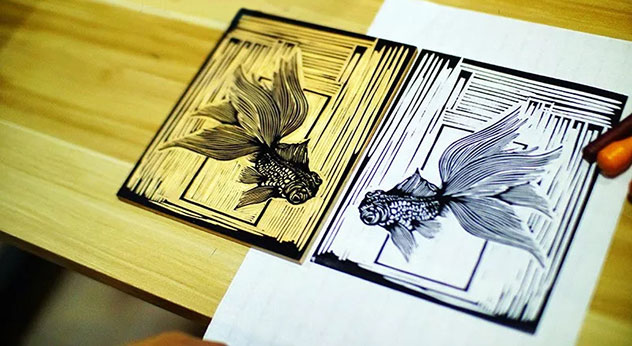Do you want to know what kind of resin is suiable for scerrn printing ink? After reading this artilce, I think you will know it clearly.
Ther are many brands , many series of Solvent ink, but no matter which series are made up of resin, solvent, pigment, filler (or additives).
At first we should know the solvent ink composition.
Below resin are commonly used in screen printing ink: Vinly resin, Acrylic resin, Polyurethane, Bad oxygen resin, Fiber resin, Alcohol resin
1.) The main vinly resin ink (PVA) are derivatives of polyvinyl acetate;
It is soluble in acetate and ketone solvents; it is commonly used for printing on plastic substrates, such as PVC, ABS, PC and so on。In order to improve the characteristics of ink, it is often mixed with acrylic resin
Application of printing ink for vinly resin
PVC self adhesive label;
PETG & PC (also suitable for vacuum molding);
3pc & PS, film switch printing;
Decals for motor vehicles;
Plastic and shoe materials;
(2) The main characteristics of polymer acrylic ink acrylic resin;
Very suitable for outdoor use (over 4 years old). Acrylic (acrylic resin for outdoor acrylic
Backlight printing and vacuum forming board;
dhesion to PMMA and PVC substrates.
(3) Main properties of polyurethane resin
Excellent outdoor durability (about 3 years):
good elasticity;
good hardness of the ink layer after reaction with isocyanate;
Packaging (thermoforming).

2. Solvent: The main liquid substance of ink. Features include:
(1) dissolving the resin to make a connecting material so that ink can be printed;
(2) dispersing pigments, dissolving additives, improving ink fluidity, ensuring ink mobility during printing;
(3) Viscosity adjustment: In order to achieve the best printing effect, the screen printing ink must have an appropriate viscosity. Different grades of ink and different printing require different ink viscosities. The viscosity of screen printing ink is about 6000~12000cp. The units of viscosity are pascal s (PA s), poise (P), centipoise (CP), and millipascal sec (MPA s).
1Pa·s=10P=1000mPas=1000cP。 At 20℃, the viscosity of water is 1cp, and the viscosity of honey is 3000~4000cp. The viscosity of each ink series is over 10000CP, so you need to adjust the viscosity with your own solvent before use.
(4) Adjust drying speed: The ink drying speed varies according to the printing environment.
(5) increase the adhesion to the substrate of solution penetration. Since the resin of the ink is a mixed resin, the dryness of the ink must be different.
Why are the solvents in each ink series divided into high speed, medium speed and low speed?
Due to different printing environments, different substrates and different printing texts, the ink should have different drying rates, and the solvent is mainly used to adjust the drying rate of the ink, which means that the solvent has different volatilization rates, namely fast, medium and slow. Quick-drying solvents are suitable for low-temperature environments or large-area prints or substrates that are prone to solvent absorption. Slow drying solvents are suitable for summer fine streaks or high temperature prints. The operating environment and drying rate should be fully considered when choosing a solvent.
3.Pigments: Pigments not only provide the ink color, but also determine the ink's coating and weatherability. The size of the pigment particles determines the fineness of the ink. Pigments are divided into organic pigments and inorganic pigments. Inorganic pigments are metal oxides or inorganic salts, which have excellent covering power, light resistance and aging resistance. Organic pigments are organic compounds with bright colors and complete chromatograms, but generally have poor coverage.
4. Additives: Additives improve the physical properties of the ink, adjust the ratio of pigment and resin, change the fluidity of the ink, affect the brightness of the ink, adjust the viscosity of the ink, and improve the printability of the ink. can be improved, and the printing effect can be improved. . The properties of the various adjuvants used in screen printing inks should be similar to those of the inks used and should be well miscible with the inks. It does not react with other components of the ink, cannot damage the structure of the ink, and cannot affect the color, tint, adhesion and other basic properties of the ink.
Common additives are defoamers, dispersants, firming agents, plasticizers, leveling agents, viscosity reducing agents, anti-drying agents, UV absorbers, etc.
The key factors are: 1. Ink resistance to water. Different series of inks have different resins, which are applied to products of different materials and have different ink properties. No ink can be suitable for all materials. Only by selecting the ink with resin composition suitable for the substrate material can the ink be firmly attached to the substrate.
We supply vinyl resin more than 13 years, if you interested vinyl resin, please contact us!